Hello there...
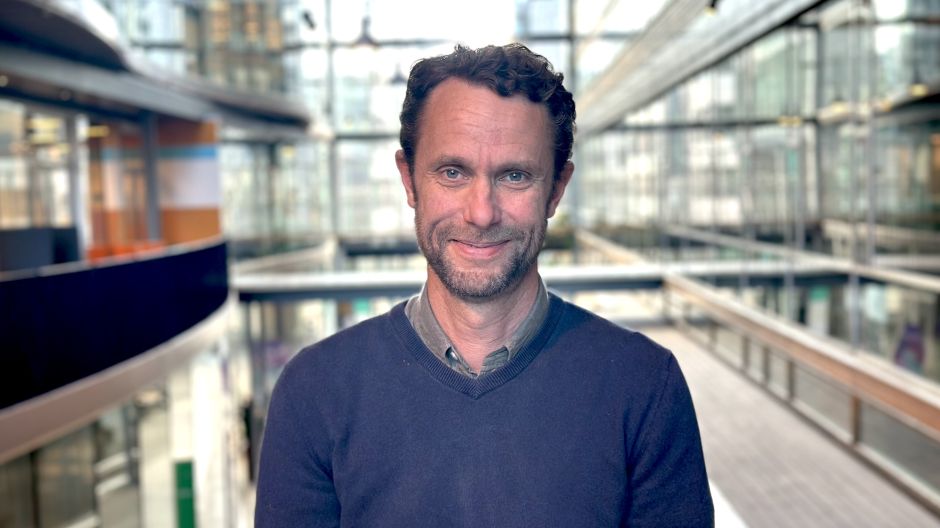
… Andreas Bach, who is taking over as Director of Lighthouse on October 1.
You have worked together with the former Director, Åsa Burman, since you started at Lighthouse in August. How has the first month at the new job been?
– It has been both fun and inspiring. When you see Lighthouse from the inside, you realize how much is actually achieved by just three employees. Of course, this happens in close cooperation with various partners, but still with very low overhead costs.
What’s different compared to your previous job at RISE, where you were Head of Maritime System Innovation and responsible for the Swedish Marine Technology Forum (SMTF)?
– The big difference is, of course, that Lighthouse distributes funding for research, while RISE conducts research and applies for funding for it. Otherwise, there are many similarities – both work for the maritime industry with knowledge-building initiatives. Lighthouse also has a very large network of academia, industry, and other networks and trade organizations, which I did not have to the same extent at RISE.
In the Lighthouse sphere, you are already a familiar face. You have sat on Lighthouse’s program committee and participated in several projects. What were they about?
– Much has revolved around the maritime sector’s transition – everything from alternative fuels to digitalization and energy efficiency. One of the first studies I was involved in was VR at Sea, which was published in 2018 and which RISE is now following up on. Personally, I haven’t worked much in projects in the past five years.
What’s your view on maritime research and innovation?
– It’s absolutely crucial, both to meet climate and environmental goals and to ensure an economically sustainable and competitive Swedish shipping industry. Research is needed so we can learn new things and stay relevant, but right now there is strong pressure on innovation and implementation – it’s urgent to turn ideas into practice. I think it’s fascinating to see the Swedish shipping companies that are actively driving development forward. But more are needed. We need more courageous leaders who dare to jump into projects where the outcome is not entirely predictable, but where the gut feeling says it’s the right thing to try.
You went to sea early and worked as an ordinary seaman and deckhand before you graduated as a sea captain and became an officer. What attracted you to the seafaring life?
– I have been sailing in my free time for as long as I can remember, and I realized early on that the sea was a fantastic place to be. As I got older, it was probably the adventure that attracted me. I worked quite a lot on smaller vessels, mostly in the Baltics, Northern Europe, and the Mediterranean, and it was great fun. Eventually, I started piloting boats, which led to a permanent position at the Swedish Maritime Administration, where I worked for many years in roles ranging from VTS operator to operations manager and business area manager.
One last question: What’s next for Lighthouse?
– Next week we have a seminar on the shipping industry’s impact on the marine environment. The following week we’re going to Stockholm to present NRIA Shipping 2025 – the national agenda for maritime research and innovation – in the Parliament.
Footnote: Now that Andreas Bach has formally taken over as Director of Lighthouse, Åsa Burman will reduce her working hours and take on a supporting role until she fully leaves later this year.
-
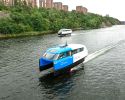 Ny studie: Eldrivna pendelbåtar kan effektivisera Stockholms kollektivtrafik
Ny studie: Eldrivna pendelbåtar kan effektivisera Stockholms kollektivtrafik -
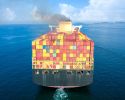 EU: Sjöfartens utsläpp ökar
EU: Sjöfartens utsläpp ökar -
 Sociala relationer påverkar val av bränsle
Sociala relationer påverkar val av bränsle -
 Sjöfartens omställning kräver ”mjukare” påtryckningar
Sjöfartens omställning kräver ”mjukare” påtryckningar -
 Hon hade avtalad tid med Kapten ynkrygg
Hon hade avtalad tid med Kapten ynkrygg -
 Lighthouse omvärldsanalys 2025 – osäkerhet och tullar präglar sjöfarten
Lighthouse omvärldsanalys 2025 – osäkerhet och tullar präglar sjöfarten -
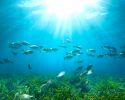 Se seminariet Shipping in the Marine Environment
Se seminariet Shipping in the Marine Environment -
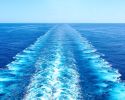 Vad betyder egentligen de 90 procenten?
Vad betyder egentligen de 90 procenten? -
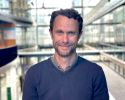 Hålla där...
Hålla där... -
 Ny rapport: Klimatförändringarna ett hot mot de flesta större hamnar i världen
Ny rapport: Klimatförändringarna ett hot mot de flesta större hamnar i världen

